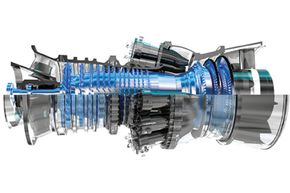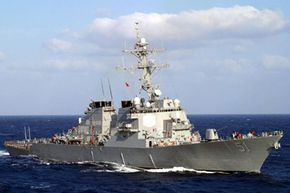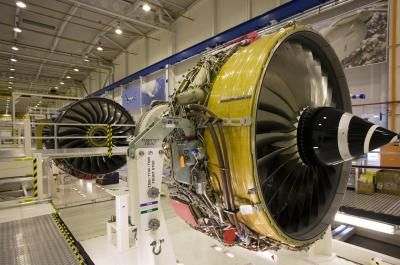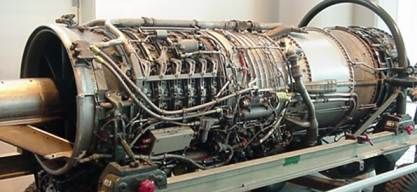An engine designed for a ship isn't going to fit in a car ... but automotive types tend to be intrigued by the latest technology in bangs and booms. After all, an engine is an engine, capable of immense power (and who knows when such innovations will trickle down to the civilian sector).
So with that in mind, let's look at the rotating detonation engine -- a type of gas-turbine that's designed for efficiency, with its carefully constructed, consistent cycle of injections and explosions. It's not exactly new -- the patent was awarded about 20 years ago -- but as of late 2012, it's just now scratching the surface of its potential to generate power for large modes of transportation.
Advertisement
Researchers say the rotating detonation engine could also be adapted to generate electric power for all-electric ships and planes ... once we're advanced enough to have reliable boats and aircraft driven primarily by electricity, that is.
The United States military chose to invest in the rotating detonation engine's research and development, in part, because the technology is easily scaleable -- the size of the engine can be increased, and power production will also be increased. (Believe it or not, it doesn't always work that way.) So we never know -- perhaps the rotating detonation engine can be scaled down someday and its smooth power generation can propel all types of rolling stock.
Advertisement



